Self-Directed Roth IRAs: Rules, Benefits, and Risks

Estimated reading time: 6 minutes
Combine the tax-free growth of a Roth IRA with the flexibility to invest in a wide range of assets—like real estate, private equity, precious metals, and promissory notes.
How? With a self-directed Roth IRA (Roth SDIRA).
A Roth SDIRA empowers investors to diversify their portfolios, pursue tax-free gains, and build long-term wealth, all while investing in alternative assets. However, it’s important to follow strict IRS rules to avoid potential penalties.
In this article, we’ll walk you through:
- The key benefits and risks of Roth SDIRAs
- Important IRS guidelines you need to know
- Step-by-step instructions to open and fund your account
Ready to take control of your financial future? Let’s dive in.
Table of Contents
- What is a Self-Directed Roth IRA?
- IRS Rules and Compliance for Self-Directed Roth IRAs
- Who Can Contribute to a Roth Self-Directed IRA?
- Pros and Cons of a Self-Directed Roth IRA
- How to Open a Self-Directed Roth IRA
- Ready to Get Started with a Self-Directed Roth IRA?
What is a Self-Directed Roth IRA?
A self-directed Roth IRA (Roth SDIRA) is a tax-advantaged retirement account that allows investors to grow their savings tax-free while gaining access to alternative investments beyond traditional stocks and bonds. Like a standard Roth IRA, contributions are made with after-tax dollars, and qualified withdrawals in retirement (after age 59½ and meeting the five-year rule) are tax-free.
What makes it different from a regular Roth IRA is that it allows investments in alternative assets like real estate, private equity, and precious metals. However, Roth SDIRAs require careful IRS compliance to avoid prohibited transactions, and they must be held with a specialized self-directed IRA custodian.
IRS Rules and Compliance for Self-Directed Roth IRAs
While a Roth SDIRA offers powerful tax advantages and diverse investment opportunities, it also comes with strict IRS rules. Here are three of the top rules to know before opening an account:
1. Prohibited Transactions
The IRS strictly prohibits using your Roth SDIRA to benefit you personally, either directly or indirectly. This means you are not allowed to live in, vacation in, or personally perform work on a property owned by your IRA.
Engaging in prohibited transactions can result in the entire account being disqualified, triggering immediate taxes and penalties on all assets.
2. Disqualified Persons
The IRS restricts transactions between your Roth SDIRA and certain individuals/entities deemed disqualified persons. These include:
- You (the IRA holder)
- Your spouse
- Your parents, grandparents, children, and grandchildren (and their spouses)
- Any businesses you or a disqualified person own 50% or more of
- Fiduciaries, advisors, or anyone providing services to the IRA.
3. All Expenses Must Be Paid from the IRA
Because a Roth SDIRA is a separate legal entity, any costs related to SDIRA investments must be paid using IRA funds. This includes property taxes, maintenance costs, home insurance, and all other investment-related expenses.
Who Can Contribute to a Roth Self-Directed IRA?
Not everyone qualifies to contribute to a Roth SDIRA. Eligibility is based on income limits set by the IRS. For 2025, you can contribute the full amount if:
- Single filers/head of household: MAGI under $150,000
- Married filing jointly/qualifying widower: MAGI under $236,000
If your income exceeds these limits, your ability to contribute phases out. However, if you already have an IRA or 401(k), you may be able to move the funds into a Roth SDIRA through a transfer, rollover, or Roth conversion.
Transfer
A transfer is a direct movement of funds between retirement accounts of the same type (e.g., Roth IRA to Roth SDIRA).
With a transfer, there are no tax implications because the funds move directly between custodians; the account holder never takes possession of the funds.
Rollover
On the other hand, a rollover allows you to move funds from one type of retirement account to another, like moving funds from a Roth 401(k) into a Roth SDIRA. There are two types of rollovers:
- Direct Rollover: Funds move directly from one retirement account to another, without the account holder taking possession. No taxes are withheld.
- Indirect Rollover: The account holder receives the funds first and must deposit them into the new IRA within 60 days. If rolling over from a 401(k), the plan provider may withhold 20% for taxes, which must be replaced with other funds to complete a full rollover. Failure to redeposit the full amount in time results in taxes and potential penalties.
Roth Conversion
What if the majority of your funds are in a traditional IRA or traditional 401(k)?
You can still move the funds into a Roth SDIRA through a process known as a Roth conversion. However, you’ll owe income tax on the converted amount in the year of conversion.
For a simplified example, if you roll over $50,000 from a traditional IRA into a Roth SDIRA, that $50,000 is added to your taxable income for the year. If you’re in the 24% tax bracket, you could owe $12,000 in taxes on the conversion.
Before making a move, it’s wise to consult a tax professional to evaluate the best strategy based on your financial situation and tax bracket.
Pros and Cons of a Self-Directed Roth IRA
A Roth SDIRA offers tax-free growth and investment flexibility, but it also comes with strict rules and potential risks.
Pros of a Self-Directed Roth IRA
1. Tax-Free Growth & Withdrawals
Contributions are made with after-tax dollars, meaning qualified withdrawals in retirement are 100% tax-free. Unlike a traditional SDIRA, you won’t owe taxes on investment gains when you take distributions after age 59½ (as long as the account has been open for at least 5 years).
2. Wide Range of Investment Options
Unlike standard Roth IRAs, which are limited to stocks, bonds, and mutual funds, Roth SDIRAs allow investments in real estate, private equity, cryptocurrencies, and more.
3. No Required Minimum Distributions (RMDs)
Traditional IRAs require distributions starting at age 73, but Roth IRAs never require withdrawals during the account holder’s lifetime.This allows assets to grow tax-free for longer and be passed down to heirs efficiently.
Cons of a Self-Directed Roth IRA
1. Income Limits for Contributions
Not everyone qualifies for a Roth SDIRA. If your modified adjusted gross income (MAGI) exceeds IRS limits, you cannot contribute directly.
2. Strict IRS Rules & Compliance Risks
Prohibited transactions (e.g., self-dealing, transacting with disqualified persons) can disqualify the IRA, resulting in immediate taxation and penalties. Investors must conduct due diligence and follow IRS rules carefully.
3. Higher Fees & Complexity
Compared to traditional brokerage Roth IRAs, SDIRAs typically have:
- Higher custodial fees
- More paperwork and administrative requirements
- A steeper learning curve for managing alternative investments
How to Open a Self-Directed Roth IRA
If you’re interested in investing with a Roth SDIRA, here’s how to get started:
- Open a Roth SDIRA: At Entrust, all you need to open an account is 10 minutes of your time and a copy of your government-issued ID.
- Fund Your Account: You can fund your Roth SDIRA in four ways:
- Annual Contributions: Up to $7,000 for 2025 ($8,000 if 50+).
- Transfers: Move funds from another Roth IRA.
- Rollover: Move funds from a Roth 401(k) or other employer-sponsored plan.
- Transfer/Rollover and Conversion: Move funds from a traditional IRA or 401(k), then convert those pre-tax funds into the post-tax funds that make up a Roth SDIRA. Note that income taxes apply at the time of conversion.
- Choose Your Investments: Roth SDIRAs allow a wide range of alternative assets to choose from. Just make sure to conduct thorough due diligence and avoid prohibited transactions.
Ready to Get Started with a Self-Directed Roth IRA?
A Roth SDIRA can be a powerful tax-free wealth-building tool, especially for investors seeking non-traditional assets. However, it requires more responsibility, careful planning, and compliance with IRS rules.
If you’re an investor comfortable with alternative assets, risk management, and due diligence, a Roth SDIRA may be an excellent way to grow wealth tax-free. But for those seeking a more hands-off retirement strategy, a standard Roth IRA may be a simpler and safer choice.
If you want to learn more about self-directed investing, download our free SDIRA Basics Guide. Inside, you’ll find:
- A breakdown of what you can and cannot invest in with a Roth SDIRA
- Key IRS rules and guidelines to keep your investments compliant
- A simple, three-step process to get started
Note: The content provided here is for informational purposes only and should not be considered financial, tax, or investment advice. Always consult with a trusted tax or financial advisor to determine what is best for your unique situation.





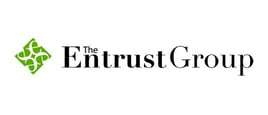
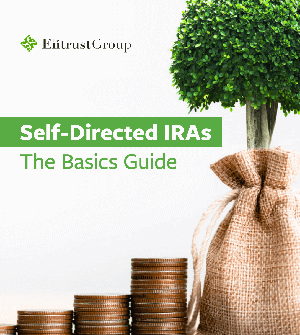






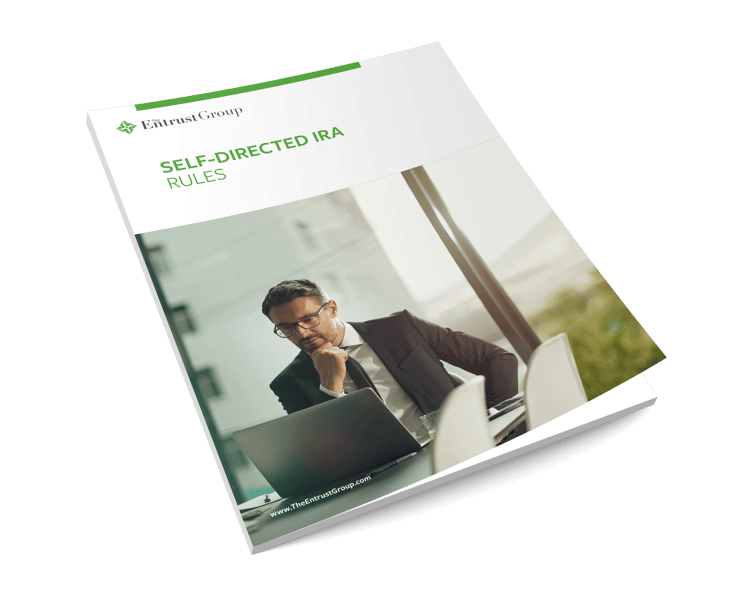
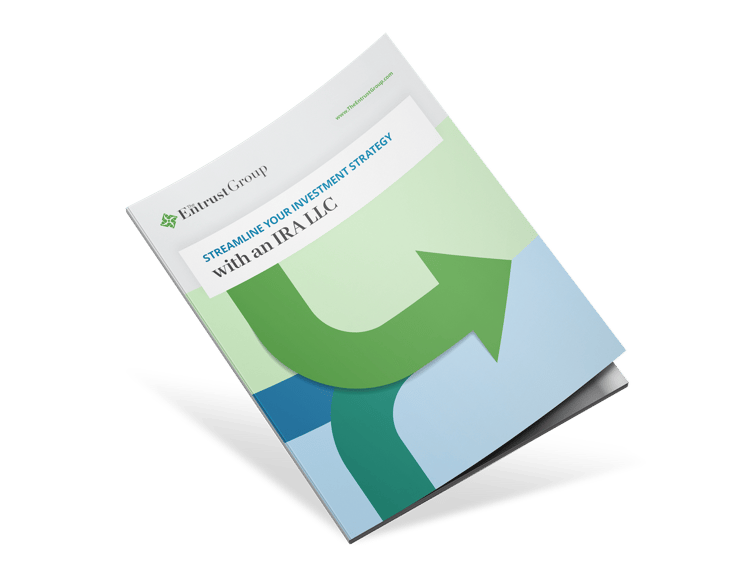

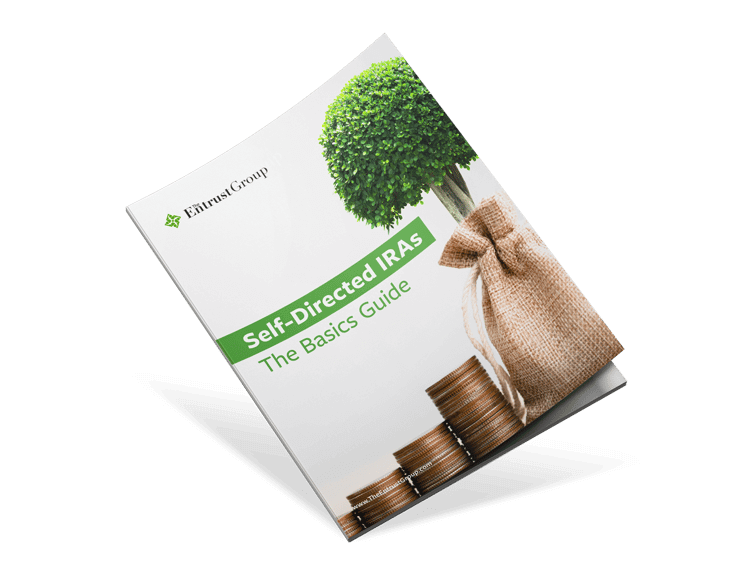


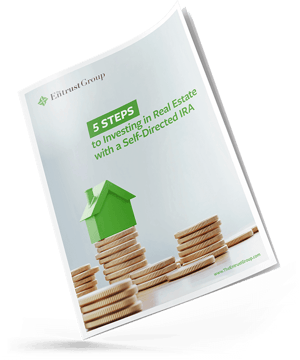


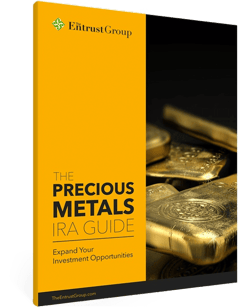

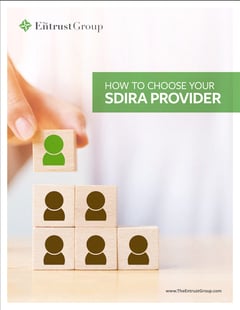
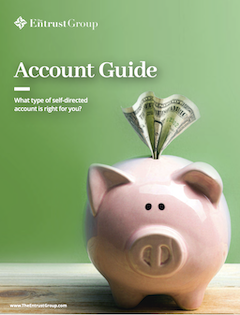
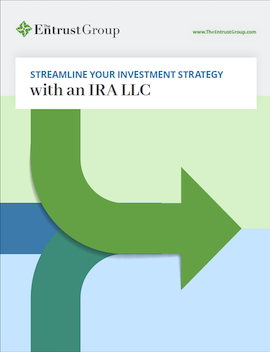

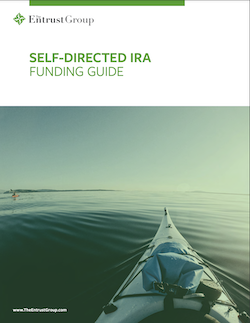
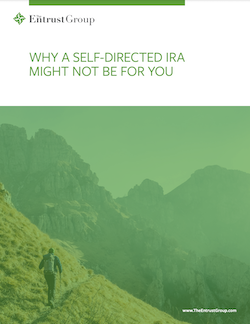
0 Comment